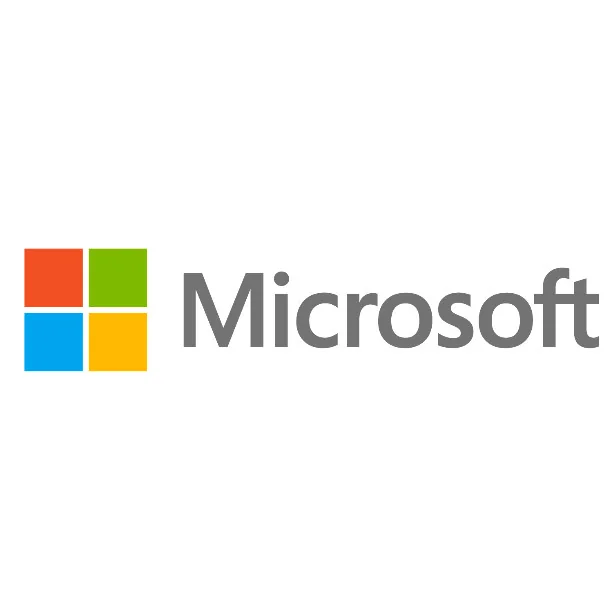More Details On Microsoft's WSL2 Implementation For Running Linux Binaries On Windows 10

Windows Subsystem for Linux 2 will begin shipping to insiders in June, which we are quite eager to see in order to test the WSL2 performance claims ourself. It also sounds like Microsoft may be supplying us with earlier access to WSL2 in order to validate their performance results. But for now, there's at least this Build video to watch for those wanting to learn more about the design of WSL2 and how it differs from the original Windows Subsystem for Linux.
Some of the key takeaways from this session include:
- For the faster I/O of WSL2, they reported Git clones are 2.5x faster, Node.js NPM installs are 4.7x faster, and CMake runs 3.1x faster.
- As covered previously, WSL2 is using a Linux 4.19 LTS based kernel that has been tuned by Microsoft for their purposes. They will be working on upstreaming their changes moving forward.
- The WSL2 design is more akin to a traditional VM compared to WSL1 but is integrated into Windows 10, offers a smaller memory footprint, and is lighter weight in general.
- On the roadmap still for WSL2 is to make it feel the same as WSL1 and improving integration.
The WSL2 architecture "deep dive" video is embedded below for those interested.
28 Comments

